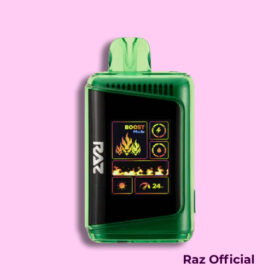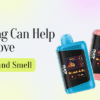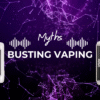Why Gen Z Is Hooked on Vapes And What It Means
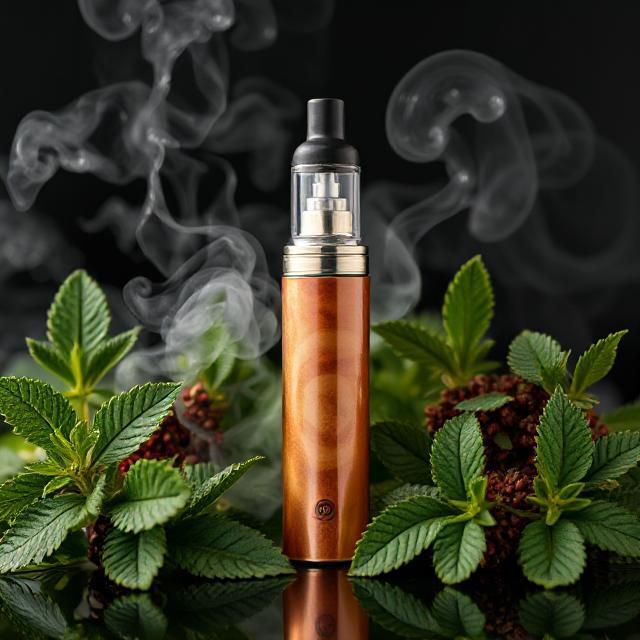
Vaping has become a huge part of Gen Z culture. Walk past a college campus, scroll through TikTok, or glance into a car at a red light, and chances are, you’ll spot someone hitting a vape. While the older generation often wonders how it got so popular, the younger crowd is already deep into the habit. The question isn’t just why Gen Z vapes, but what it says about where we’re headed.
This blog breaks down the reasons behind Gen Z’s obsession with vapes, how it all started, the possible consequences, and what lies ahead. Whether you’re a user, just vape-curious, or a concerned onlooker, here’s what you should know.
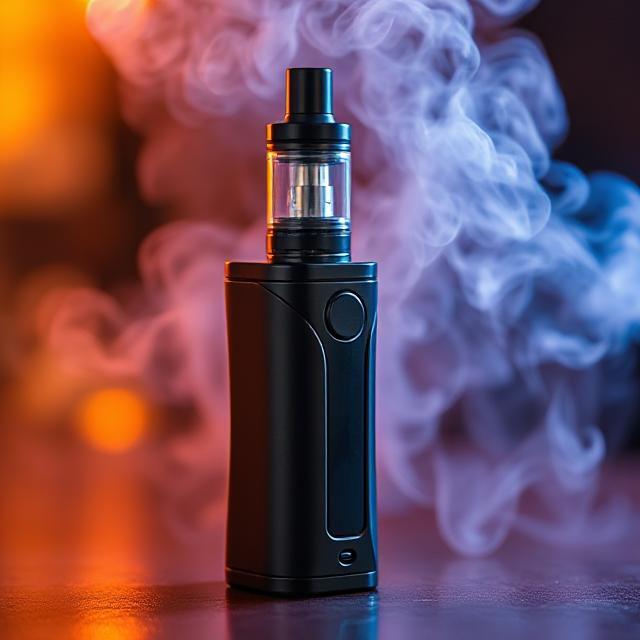
How Vaping Took Off with Gen Z
Vaping wasn’t an overnight hit. It took a mix of timing, technology, and marketing to become what it is today.
- Accessible technology: Early e-cigarettes were clunky, unreliable, and not that satisfying. Today’s devices, like the Fifty Bar Vape, are sleek, long-lasting, and easy to use—no buttons, no fuss.
- Flavors and variety: Tobacco never appealed to many young people. But vapes? With thousands of sweet, fruity, and minty options, they’re much more inviting. For Gen Z, it feels less like smoking and more like a lifestyle choice.
- Social influence: TikTok, Instagram, and Snapchat are filled with vaping content. Whether it’s influencers blowing smoke tricks or users reviewing new devices, vaping is now a social signal. For many, it’s not just about nicotine—it’s about identity.
- Stress and escape: Gen Z has grown up in uncertain times—school shootings, climate anxiety, pandemics, economic instability. Vaping offers a brief mental break, even if it’s not the healthiest one.
What Makes Vaping So Appealing to Gen Z?
Beyond the convenience and flavors, vaping taps into deeper psychological and social needs.
- It’s discreet: Unlike cigarettes, vapes are easy to carry and use without drawing attention. That makes them more appealing to high schoolers and college students trying to stay under the radar.
- Lower stigma: Smoking is considered outdated or even gross by many young people. Vaping, on the other hand, feels more modern. It’s become somewhat normalized—even cool—in many peer groups.
- Digital culture blends: Online vaping communities, memes, tutorials, and reviews contribute to its popularity. Vaping has its own digital culture that Gen Z understands and participates in.
- A way to cope: With mental health issues on the rise, vaping becomes a coping mechanism. It’s not a solution, but for many, it’s a quick fix for anxiety or boredom.
Let’s not ignore how devices like Fifty Bar V2 20K Puffs play into this. They offer thousands of puffs per device, low maintenance, and sleek designs—making it easier to stay hooked without thinking too much about the consequences.
The Consequences Gen Z May Face
While vaping is marketed as a safer alternative to smoking, it’s far from harmless—especially for young users.
- Nicotine dependence: Most vapes contain high doses of nicotine. Gen Z users often report using them all day, every day. Over time, that builds a strong addiction that can be hard to break.
- Mental health effects: Some studies suggest a connection between nicotine use and increased symptoms of anxiety or depression. What feels like relief may actually make things worse in the long run.
- Respiratory risks: Vaping isn’t the same as inhaling smoke, but it still involves chemicals and fine particles. Long-term effects aren’t fully known, but early research is not comforting.
- Academic and work performance: Constant vaping can lead to distracted behavior, reduced concentration, and even withdrawal symptoms during school or work hours.
What’s alarming is how normalized this behavior has become. Many Gen Z users don’t even see it as a “bad habit”—just something everyone does. The casual attitude may lead to a larger public health issue down the line.

Where Do We Go From Here?
The vape trend isn’t going to disappear overnight. But how we respond now will shape the future.
- Education over fear tactics: Scare campaigns don’t work well with Gen Z. They’re smart, skeptical, and used to sifting through information. Real conversations about health, addiction, and peer pressure are more effective.
- More research needed: Since vapes have only been popular for about a decade, long-term studies are still underway. Understanding the full effects is essential for making smart public health decisions.
- Parental and peer support: Many young people vape out of habit, not rebellion. Open discussions between parents, friends, and educators can create space to talk about quitting or cutting back without judgment.
- Product regulation: Some countries are starting to ban flavored vapes or limit nicotine content. Whether this approach will reduce usage or simply push it underground is still up for debate.
If you’re someone who vapes, it might be time to reflect: Is this habit serving you, or is it just something you do? Either way, you’re not alone—and you have options.
Final Thoughts
Gen Z’s connection to vaping is complicated. It’s not just about flavors, devices, or trends—it’s about growing up in a world that feels unstable, overstimulated, and always online. Vaping fits into that environment as an easy escape, a social norm, and in some cases, a dependency.
But understanding the why behind the trend gives us a better chance to respond in a way that helps—not shames—those involved. Whether you vape or know someone who does, staying informed is the first step to making better choices.
And as devices continue to evolve—some offering 20,000 puffs per charge—it’s even more important to ask: Where does convenience cross the line into dependence?
If you’re curious, concerned, or just trying to keep up, one thing is clear: Vaping isn’t just a phase for Gen Z. It’s a cultural shift—and one worth paying attention to.
